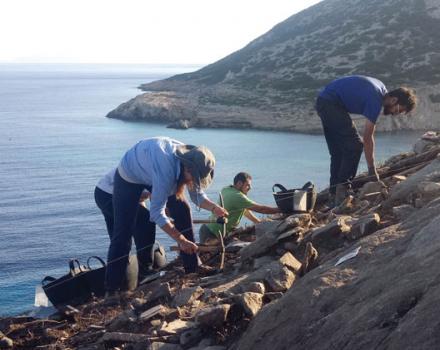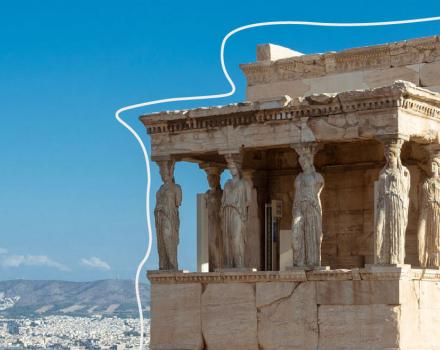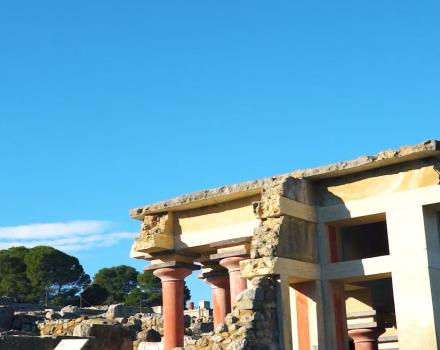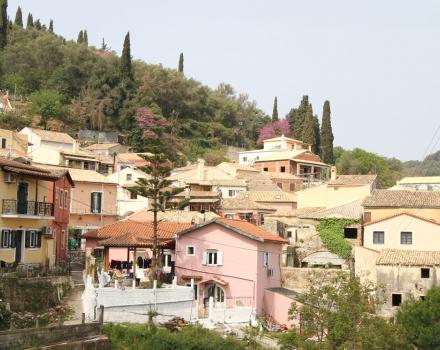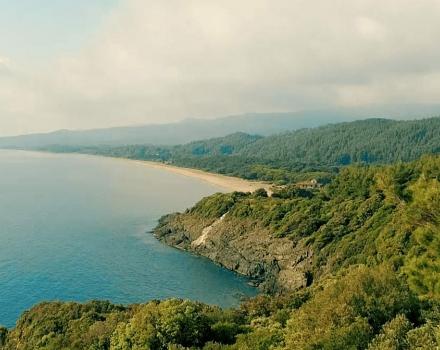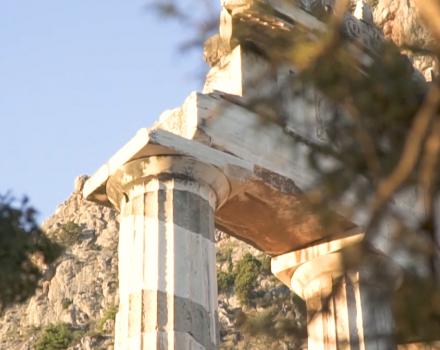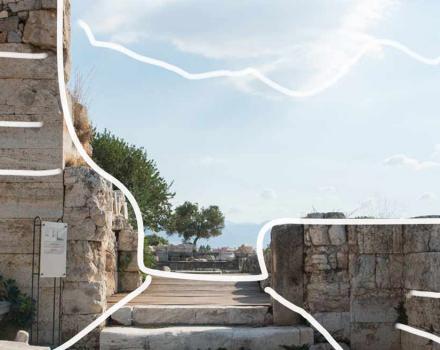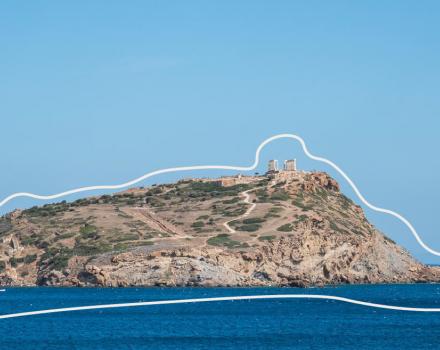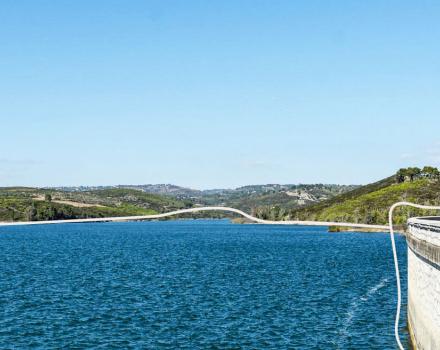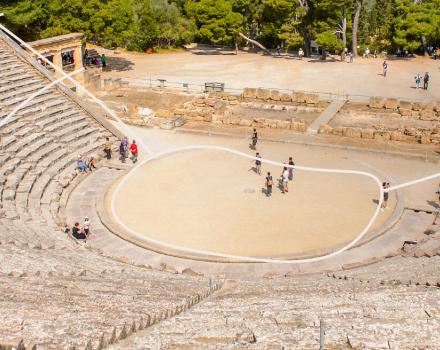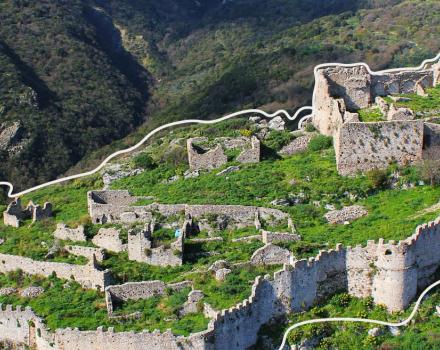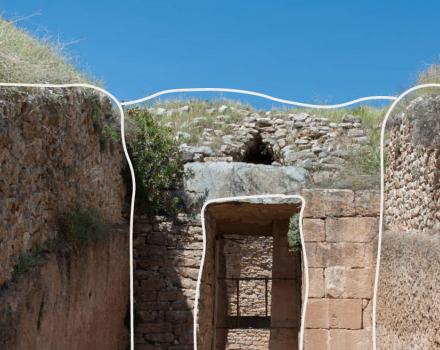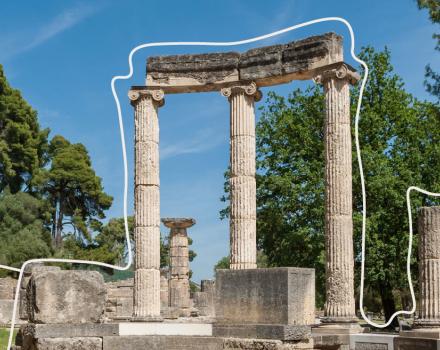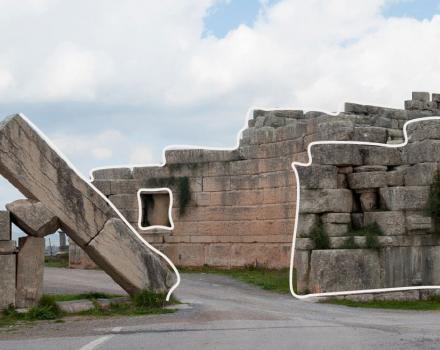When Troy was defeated, the Mycenaeans were informed in just one night. The news were transmitted from successive mountain beacons, the first being on Mount Ida, south of Troy, and the last on Mount Arachneon in Mycenae. The message was pre-agreed by Agamemnon and Clytemnestra. But what happened in unpredictable situations in which a specific message could not have been agreed before? This weakness was covered by the Aeneas’ Tacticus Hydraulic Telegraph (4th century B.C.), in which a large number of pre-agreed messages were transmitted. The Optical Telegraph followed, which was invented by the Alexandrians Kleoxenis and Dimoklitos around 150 B.C.: a genius system with which any written message could be transmitted any longer, thanks to combinations of flashing torches with various letters.
Τα μαθηματικά υδρεύουν τη Σάμο – Ευπαλίνειον όρυγμα
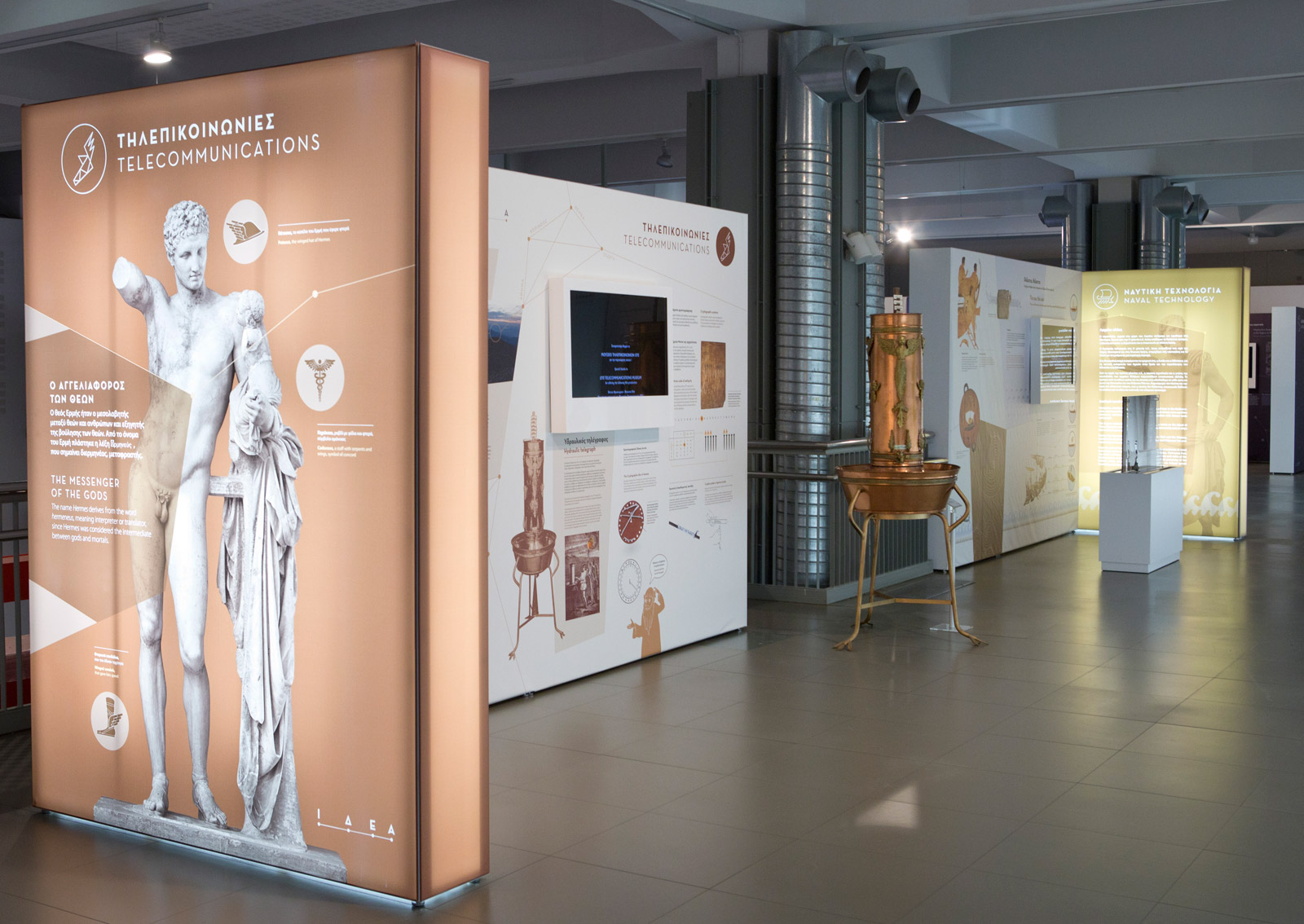
Reconstruction of the ancient technological culture
The above telecommunication systems are part of the rich material presented by the exhibition "IDEA - Ancient Greek Science and Technology", which constitutes an exciting travel to the leading technological achievements of the ancient Greeks. The exhibition is hosted at the “Hellenic World” Convention & Cultural Center of the Foundation of the Hellenic World in collaboration with the NOESIS Science Center and the Museum of Technology Museum and will last until October 2018. The exhibits achieve a multidimensional reconstruction of the ancient technological culture as they include: educational material, moving images (3D animation), narrations of ancient personalities, holograms, sounds, miniatures and of course models of technological discoveries and reconstructions.
The purpose of the event is to give to the visitor the opportunity to explore the main manifestations of the philosophical queries that became milestones of the ancient Greek thought, gave birth to a series of technological achievements, arts and sciences and had greatly contributed to the development of Western civilization. The exhibition presents the most important discoveries in various fields: architecture, building constructions, metallurgy, astronomy, geography, ceramics, engineering, war and naval technology, telecommunications, theater, music etc.
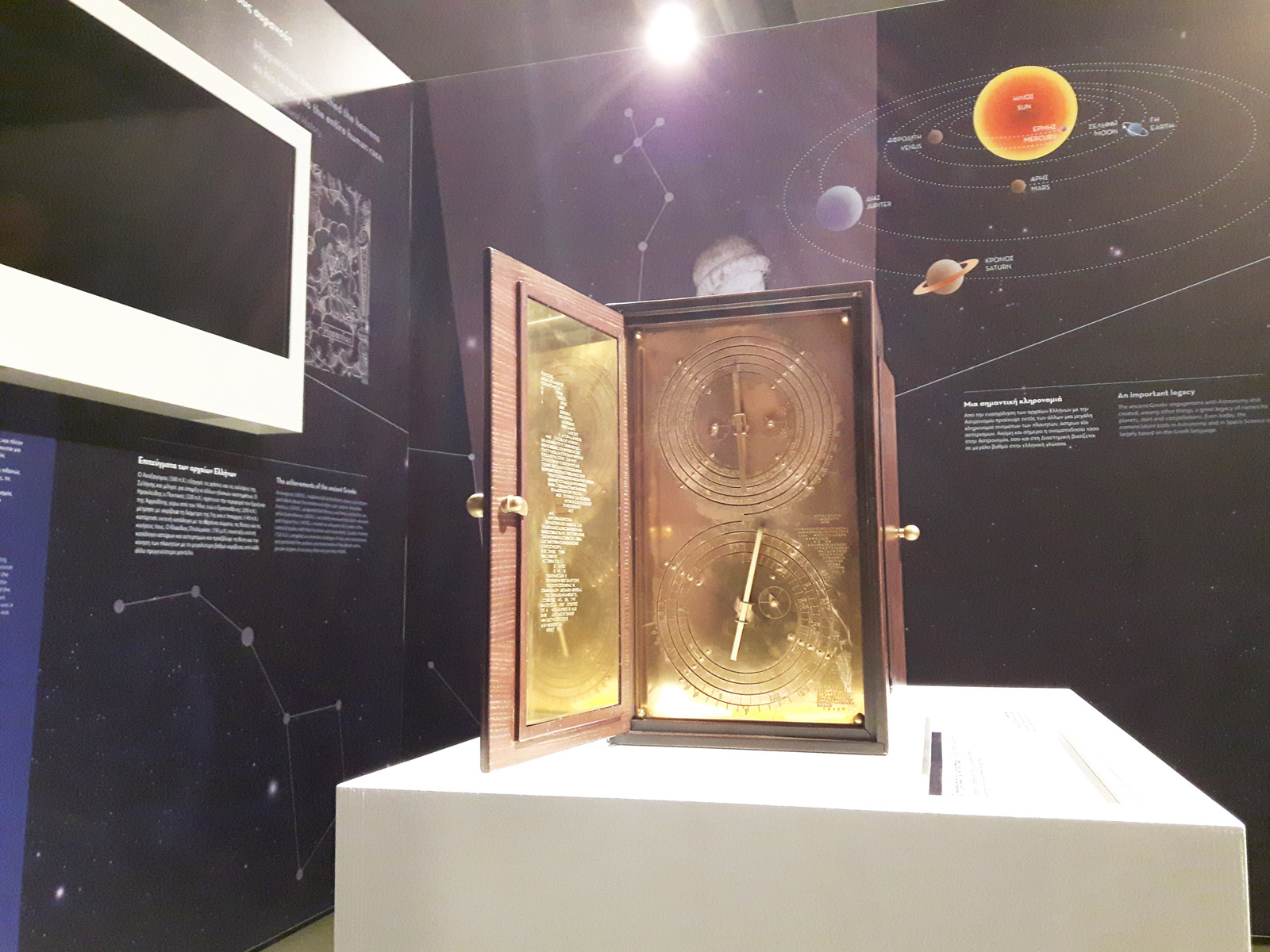
Indicative exhibits
In the telecommunications section, the visitor sees the Hydraulic Telegraph replica. In the section of astronomy the replica of Antikythera Mechanism (150-100 B.C.), of the prominent computer that became famous due to its uniqueness, steals the show. In the section of music a special exhibit is the reconstruction of the Hydraulis created by Ctesibius of Alexandria (285-222 B.C.), who was considered as one of the greatest mathematicians - engineers of the ancient world.
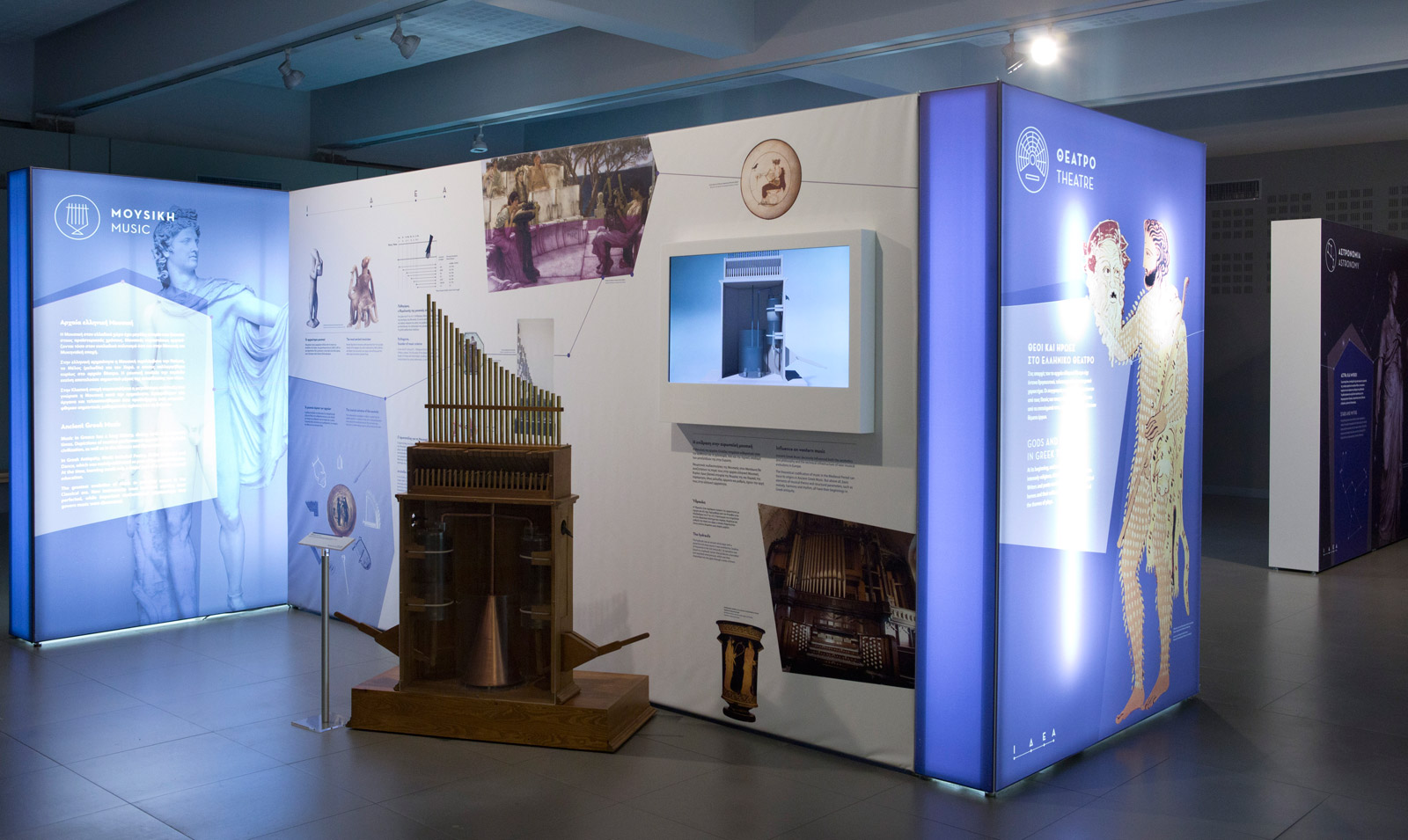
A great mathematician, engineer and geographer, was also Hero from Alexandria, to whom we owe some of the greatest inventions of the 1st century A.D. For example, we mention three replicas of his own creations were hosted in the exhibition: the mobile automaton theater that invented for people’s entertainment, the odometer for precise distance measurement and its famous dioptra for the accurate measurement of the horizontal, vertical and angular distances between two heavenly or earthly signs.
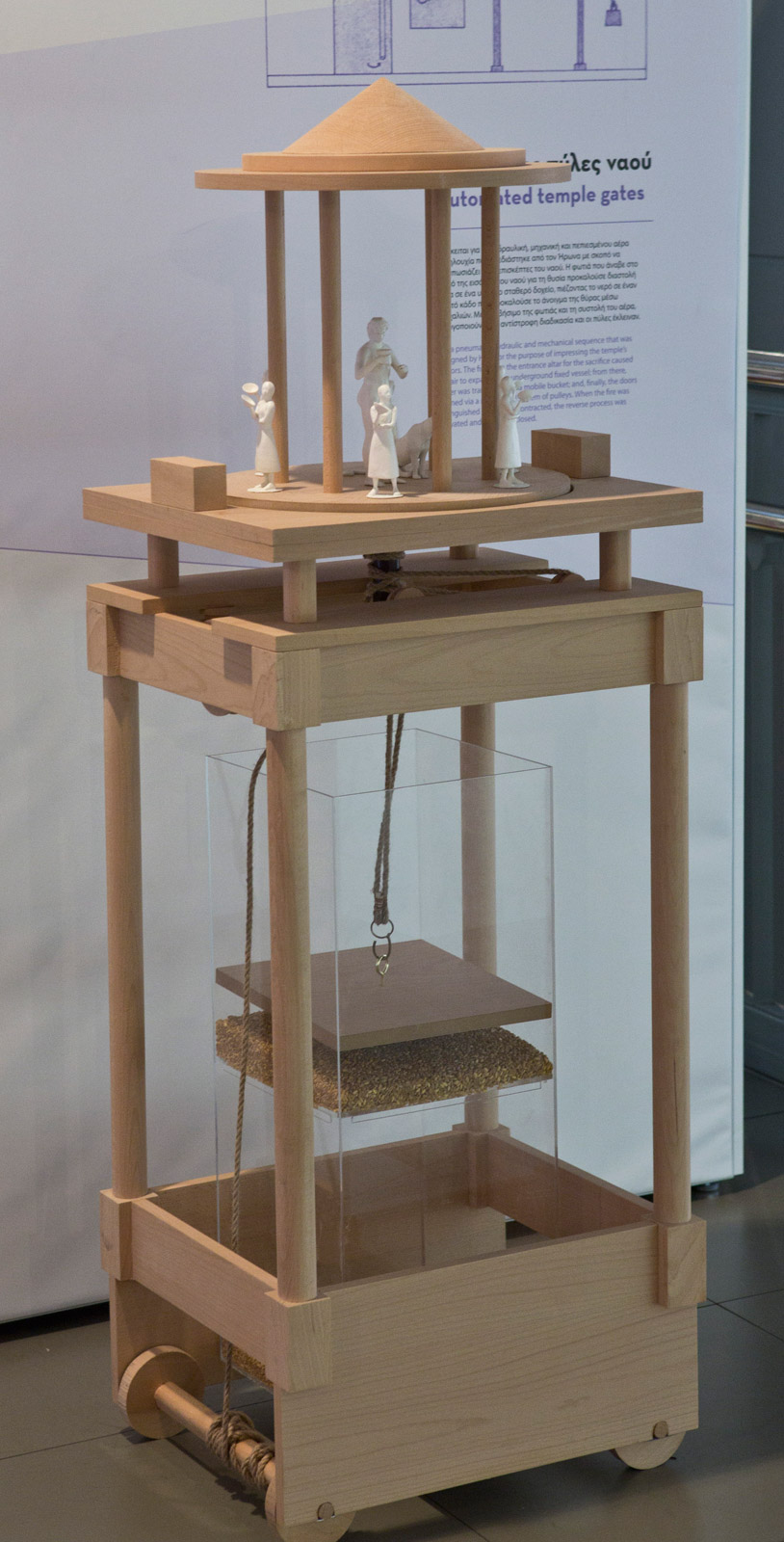
"Within one night, the message of the Fall of Troy arrived in Mycenae, which was transmitted from eight successive mountain beacons
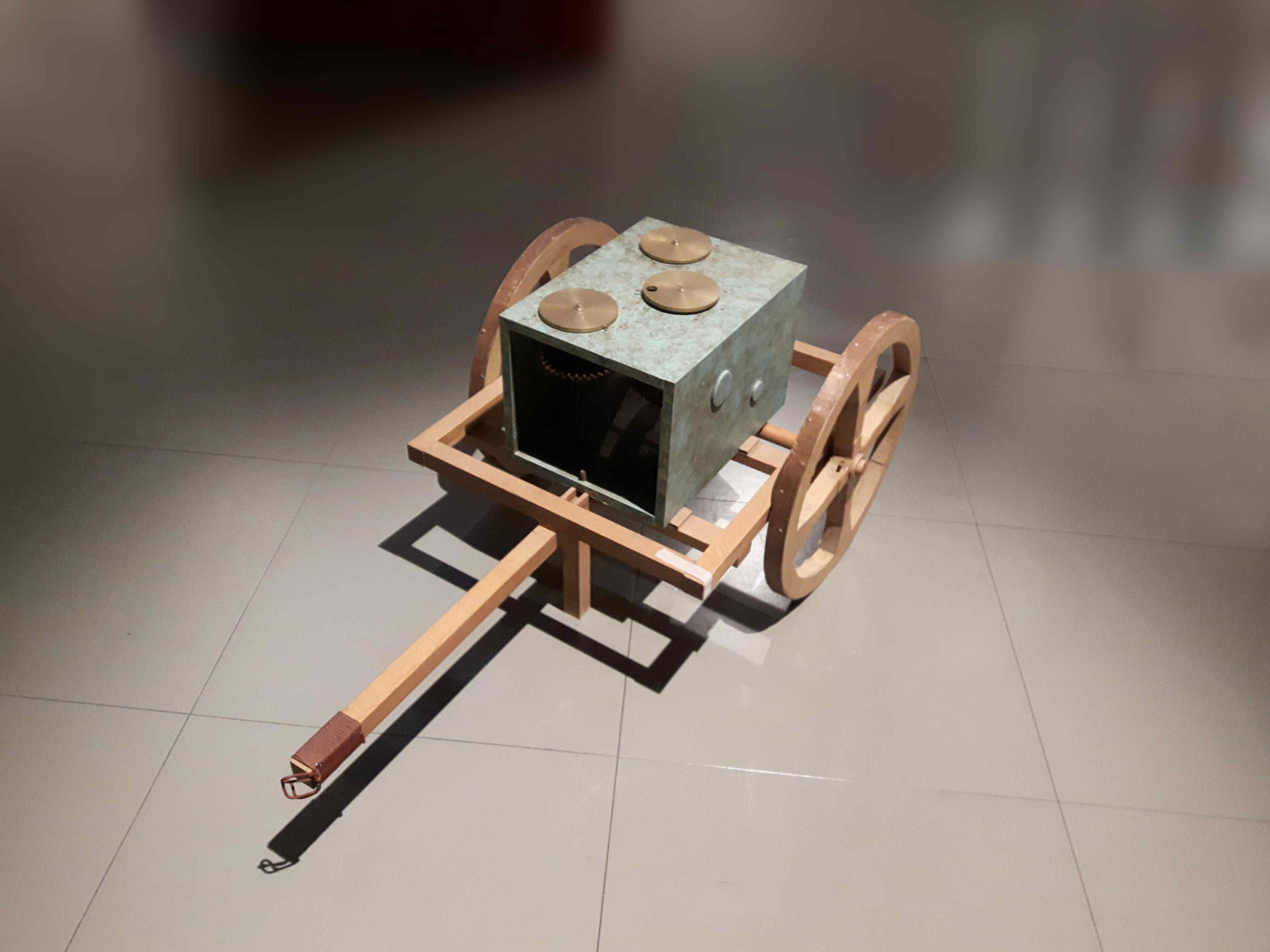
In the war section, the reconstruction of an ancient catapult launched javelins and arrows is an impressive exhibit, while in the naval technology section, the replicas of pistons belonged to a trireme and the cargo (pointed amphorae) of an ancient merchant ship, stand out. Archimedes, the leading inventor lived in the 3rd century B.C. and invented amazing machines, could not be absent from the exhibition. In the exhibition we see a replica of his famous screw, which was a manual mechanism for pumping water.
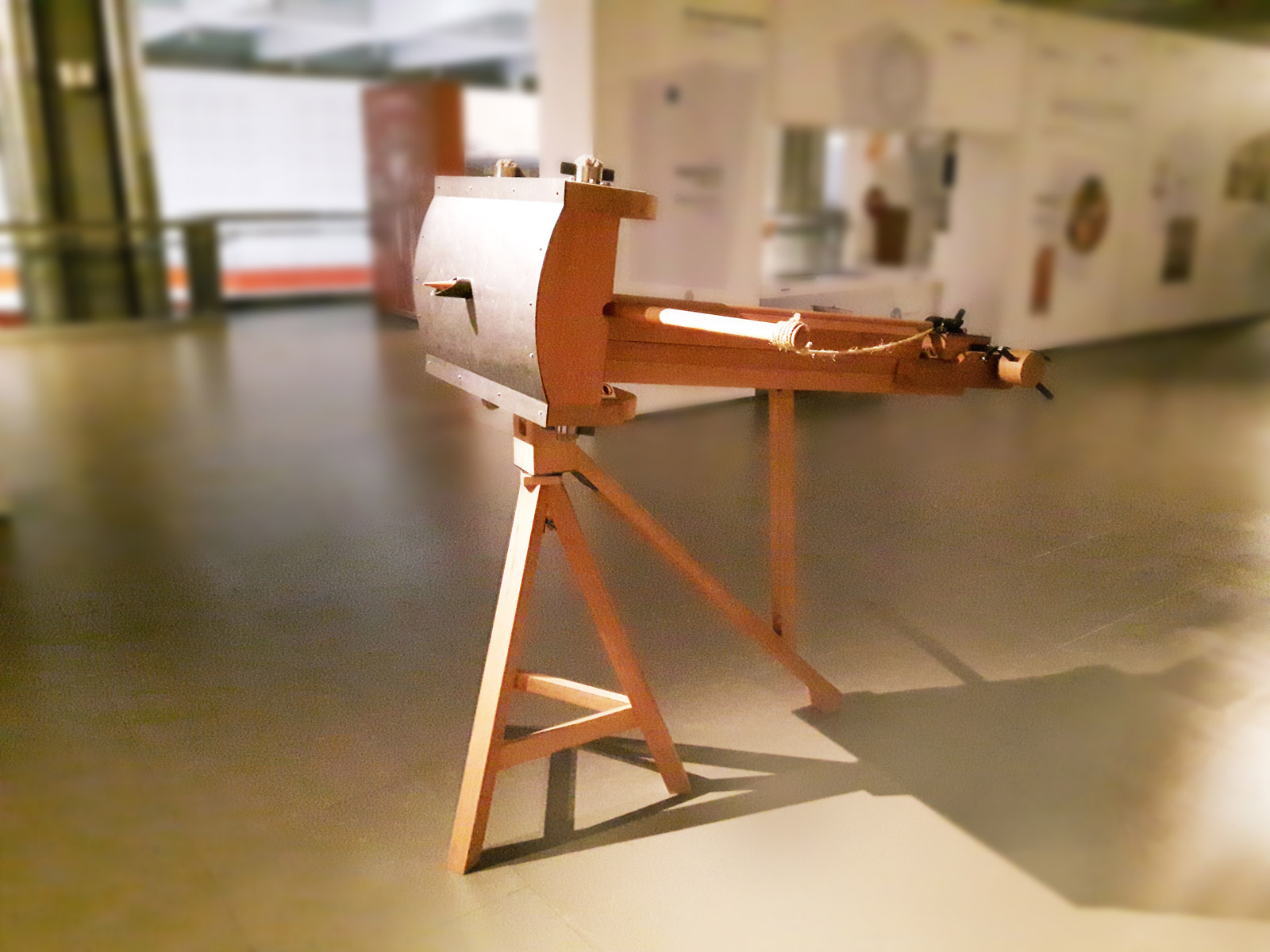
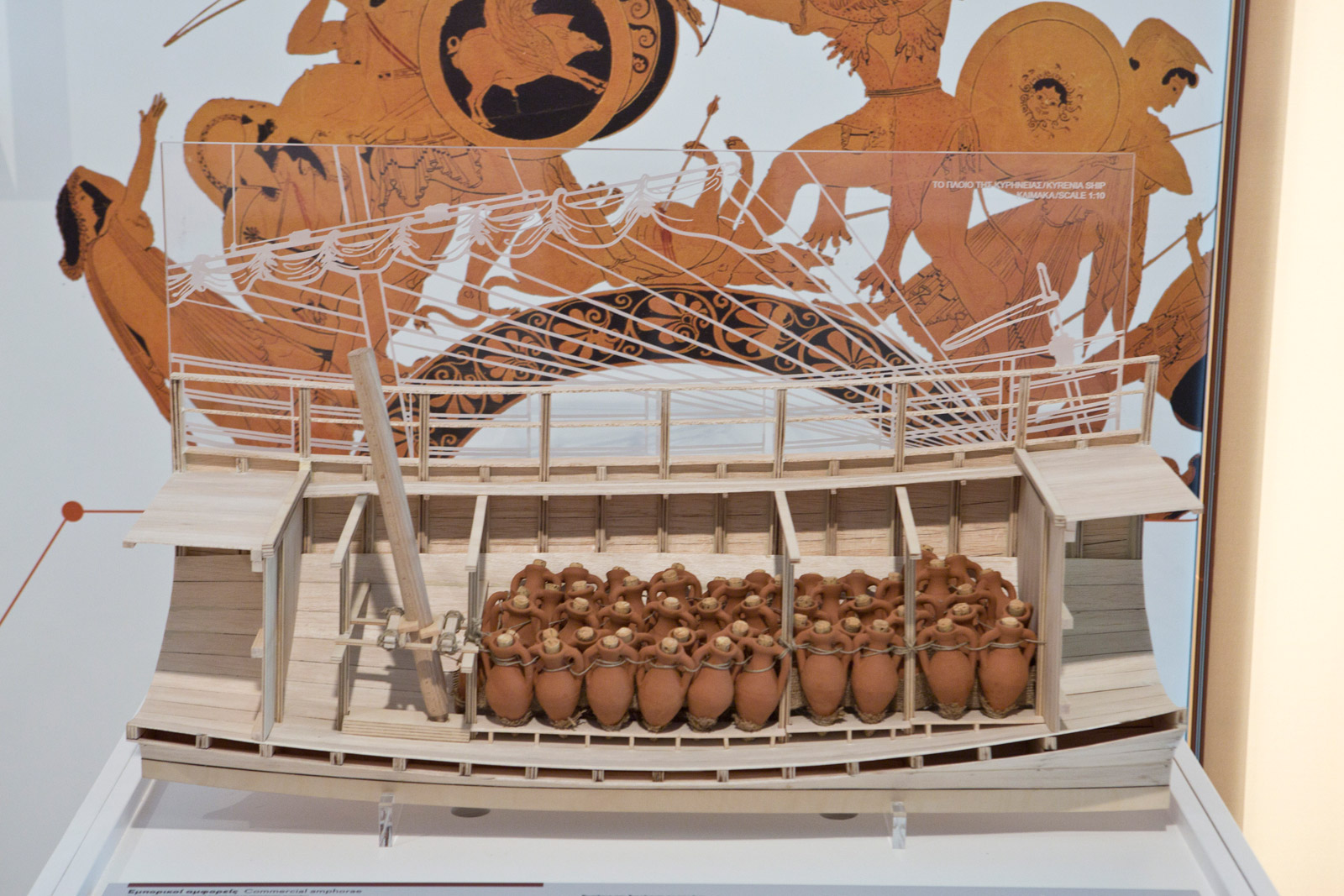
"The amazing part in Eupalinian Aqueduct reaming is that the two teams carved it inside the mountain, starting from its two ends (north and south), met in the middle of the tunnel, 1.036 m long, with a minimum deviation from the straight line
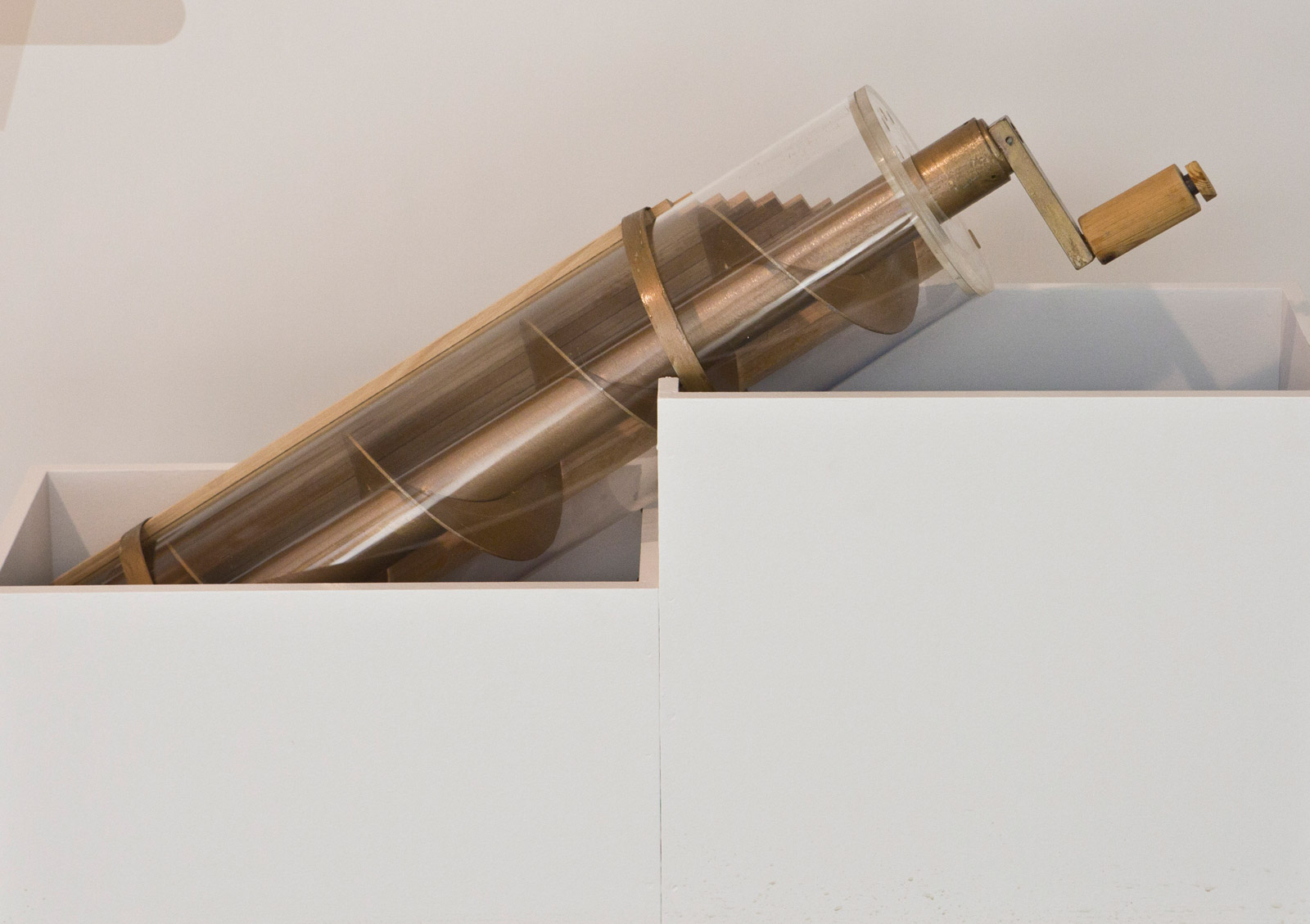
The scale model of a crane reminds the visitor how many achievements ancient Greeks have succeed in the architecture - building section, while other exhibits narrate lots of other constructional and architectural miracles, such as the Parthenon and the Eupalinian Aqueduct that was the water supply for the ancient city of Samos for about 1,100 years. The Parthenon (447-438 B.C.), built by the architects Iktinos and Kallikrates, is the brightest creation of Athenian democracy at the time of its greatest peak and the finest according to its composition and execution of all the buildings of the Sacred Rock. The amazing thing concerning the Eupalinian Aqueduct, a work of the architect Eupalinos around 550 B.C., is that during its reaming, the two teams carved it inside the mountain, starting from its two ends (north and south), met in the middle of the tunnel, 1.036 m long, with a minimum deviation from the straight line.
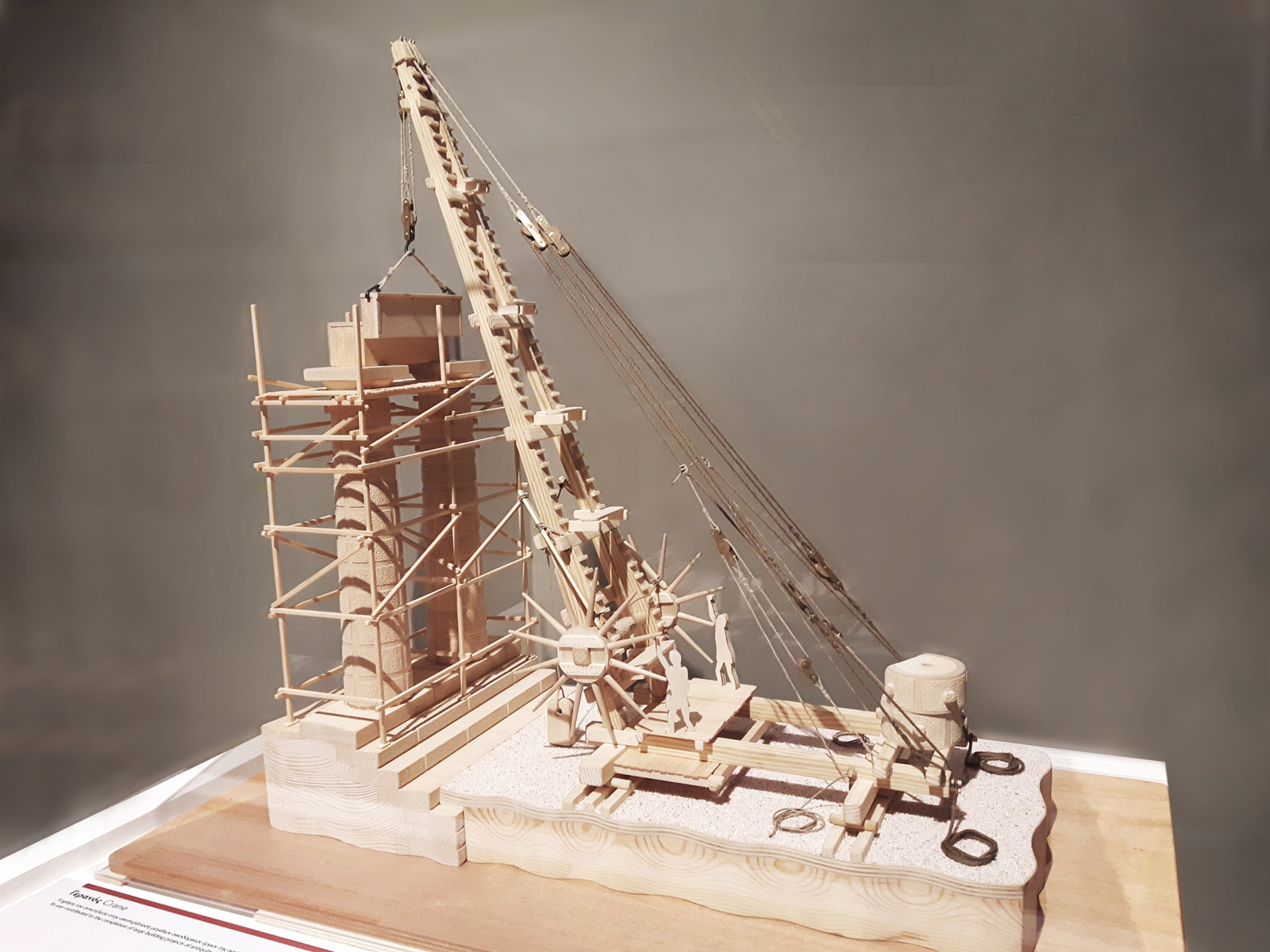
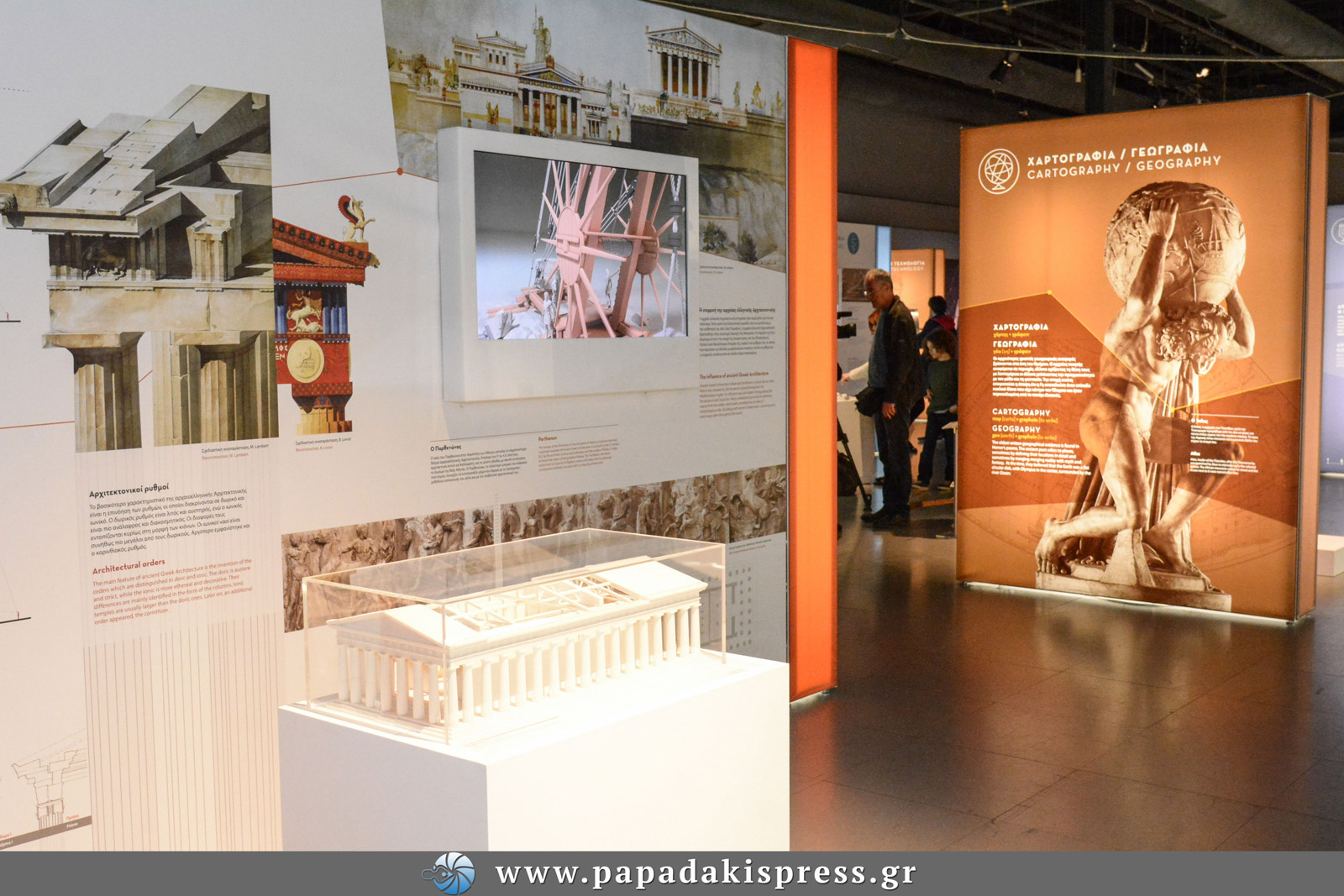
Cultural event
These and many other exhibits arouse the imagination and fascinate the visitors of the exhibition, which mainly addressed to groups of youth and school audience, families and non-specialized visitors, making for a cultural event for all. Young and older people learn in an understandable and entertaining way about technological achievements 3,000-2,000 years old and for scientific fields that have provided solutions to daily problems and peoples’ needs, since antiquity to the present day.
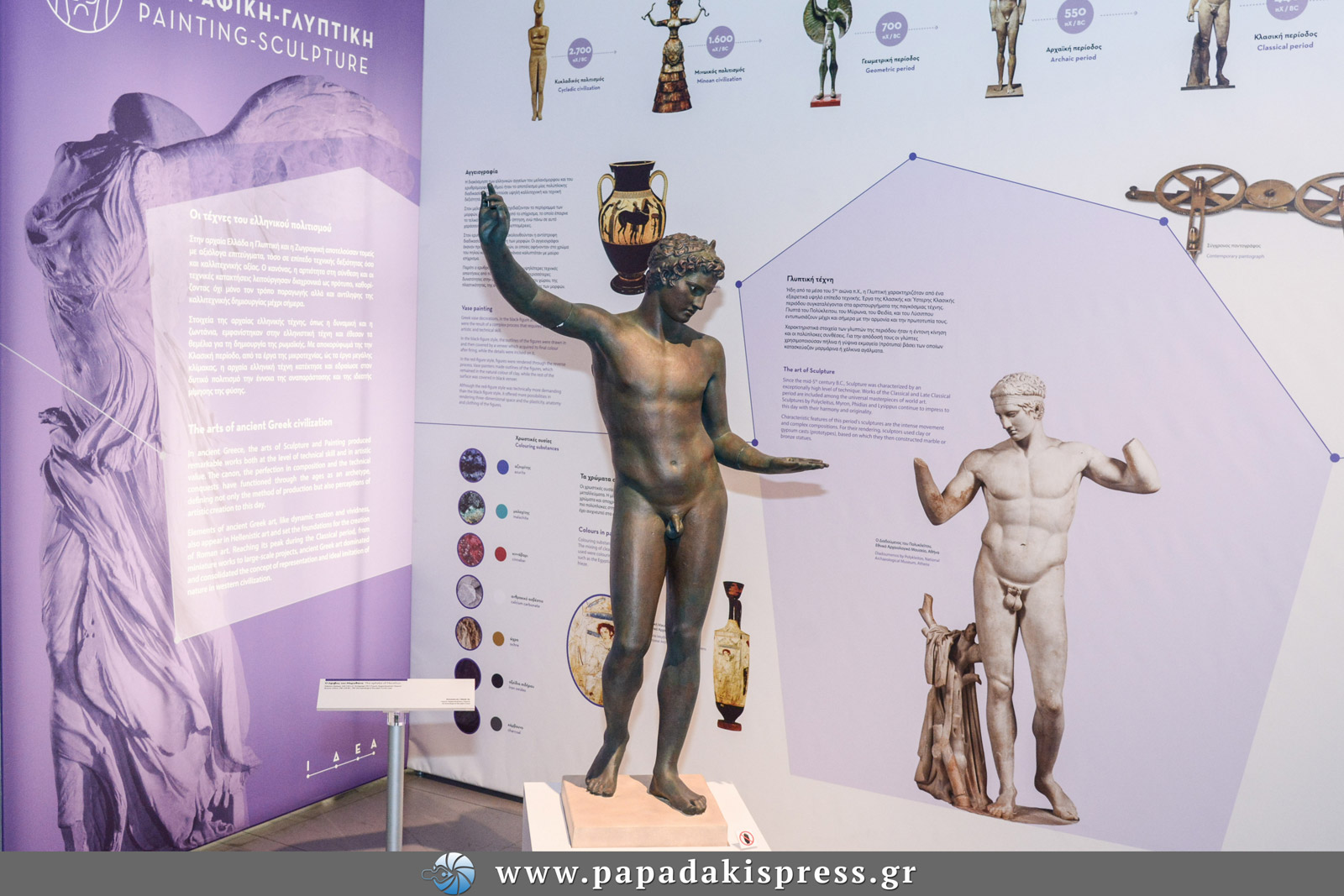
Information: Exhibition “ IDEA: Ancient Greek Science and Technology”, “Hellenic Cosmos”, Cultural Centre, 254 Pireos street 254, Tavros, Tel: 212 2540000, www.hellenic-cosmos.gr
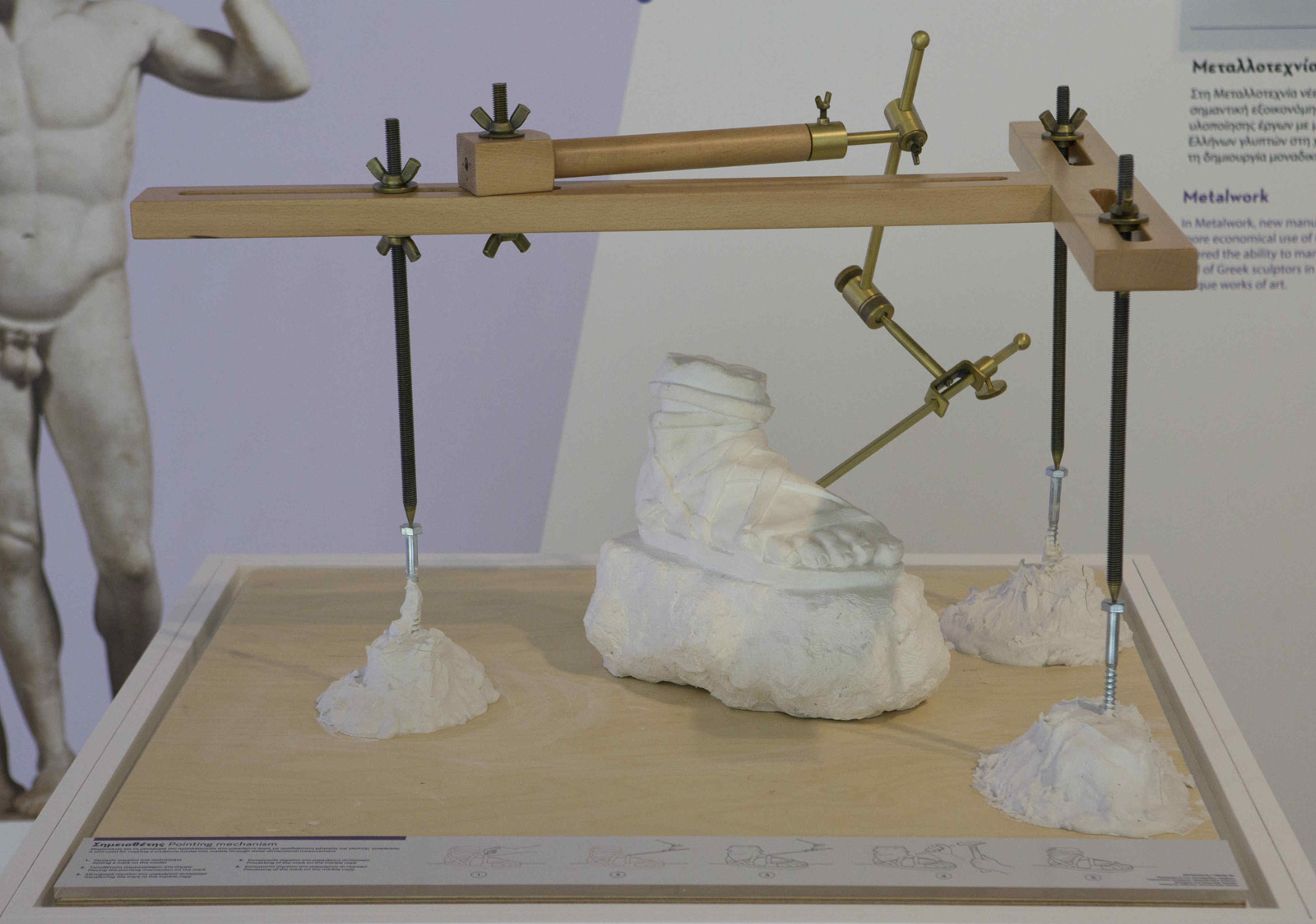
The production of the exhibition created by NOESIS and scientifically supported by the Association of Ancient Greek Technology Studies (EMAET) and many specialized scientists. The TETRAGON company in cooperation with NOESIS undertaken the exhibition’s study and supervision and was actualized with the exclusive donation by Stavros Niarchos Foundation.
